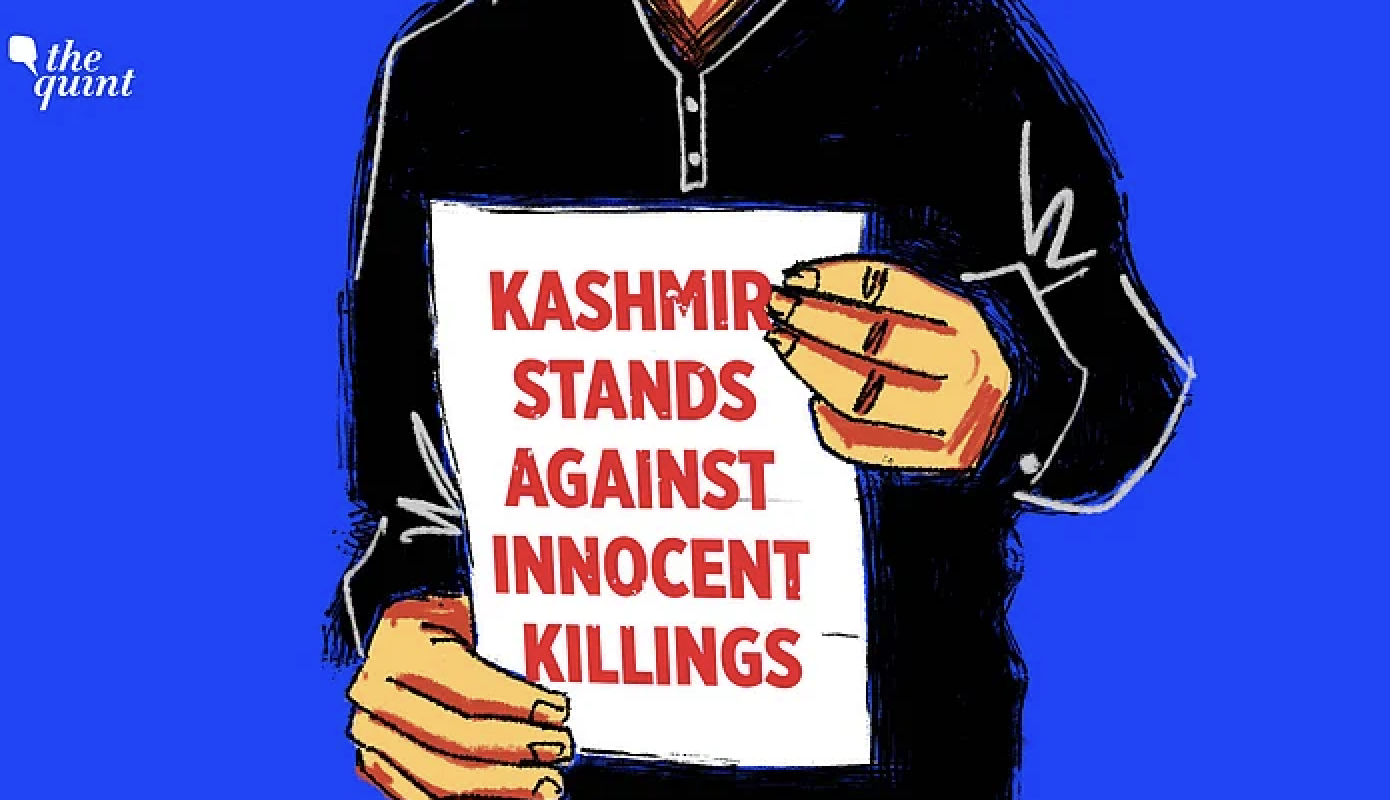
By Shoaib Daniyal / Scroll
Welcome to The India Fix by Shoaib Daniyal, a newsletter on Indian politics. To get it in your inbox every Monday, sign up here (click on “follow”). Have feedback, interesting links or Hindi learning tips? Send them to [email protected].
On October 9, the New Indian Express reported a significant piece of news: the Committee of Parliament on Official Language headed by Union Home Minister Amit Shah had recommended that the medium of instruction in higher educational institutions, including Central universities, should mandatorily be Hindi.
“Use of Hindi as medium of instruction and other activities should be Hindi in all technical and non-technical institutions in the country and use of English should be made optional,” the report said.
Just as drastically, the committee recommended that government entrance exams – which are now conducted in both Hindi and English – should drop English. “It is mandatory to work in Hindi in the institutions of the Government of India,” the report argued. “In such a situation, the necessity of knowledge of Hindi is important at the time of selection of employees. Therefore the committee recommends that the knowledge of Hindi should be ensured for the selection of employees.”
Echoes from the past
In the 1960s, the Committee of Parliament on Official Language was a part of the compromise that extended the lifetime of English as an official language of the Union government beyond the original 15-year limit decided by the Constituent Assembly.
While English was retained in response to widespread agitations in mainly Tamil Nadu, as a concession to Hindi speakers, the committee would continue to steadily push the use of Hindi in government sectors. Set up by the Union Home Ministry, the committee would consist of 20 Lok Sabha members and 10 Rajya Sabha members and would “review the progress made in the use of Hindi for the official purposes of the Union”.
Like in the 1960s, today’s Hindi push from Delhi has also angered the Southern states. The chief minister of Tamil Nadu bluntly described the committee’s recommendation as the start of a “language war”.
The BJP’s electoral calculus
Given the sharp reactions in states such as Tamil Nadu, what explains the BJP’s sharp push for the Hindi language? The answer might lie in a mixture of votes, ideology and jobs.
The BJP, even after its expansion in the Modi era, is a party whose principal strength lies in the Hindi belt. In the 2109 Lok Sabha election, the saffron party won nearly 60% of its seats from the Hindi belt. This skew is not unique in modern Indian history. In its heyday, the Congress too had its core in the Hindi belt (although its geographical spread was relatively more balanced than the BJP). The size and politico-cultural contiguity of the Hindi belt means that for a party to be dominant at the Centre, it must be popular among the Indian Union’s Hindi speakers.
Thus, like the Congress before it, the BJP has a strong incentive to push Hindi to remain the pole of Indian politics. To this electoral factor is added the BJP’s Hindutva ideology, which imagines a uniform, European-style nationhood that requires a single language as a necessary condition for state formation. In fact, one of Hindutva’s prominent slogans in the early years of independent India was “Hindi, Hindu, Hindustan”.
This story was originally published in scroll.in . Read the full story here






